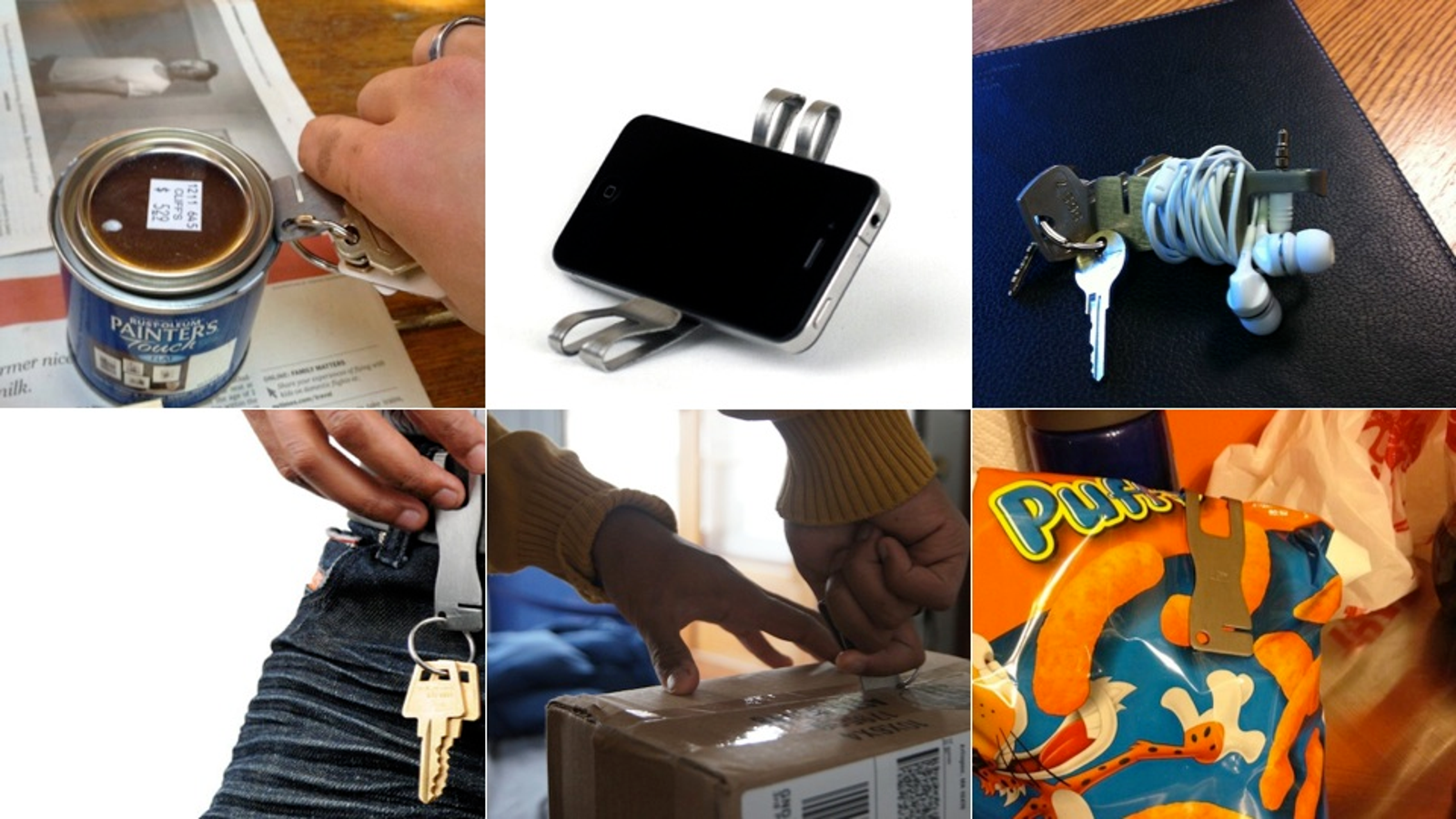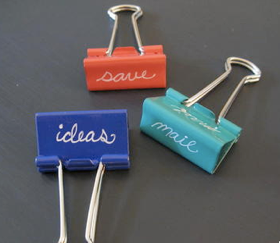
Indeed, you probably won’t allow that to occur.Ĭonsider the possibility that your visitors are showing up soon, and the cleaner is unfilled. Your visitors won’t approve of a dirty toilet without a doubt. Your home is unclean, assuming the toilet is messy. For you may track down an old missing ring. For example, embed the attraction’s pipe under your bed. Embed that line to where you may lose your things. Ensure you are tied firmly with the goal that the material doesn’t get sucked in.įrom that point forward, turn on the switch. If you have a vacuum cleaner then tie a piece of cotton material, covering the mouth of the attraction’s pipe. On losing, you must’ve been in great trouble.įor each issue, there’s an answer. Losing them may make us face a few issues. Things like hoops, rings, keys, and so forth are components of day-by-day use.

Along these lines, never this plan to add salt to your glue.Ī few things are of incredible worth to us. Doing this will keep your teeth decent, broadening your life.


In addition, salt contains chlorine, which takes out all microbes. This will enlighten your teeth by making them whiter than any time in recent memory. The additional salt will assist you with eliminating the yellowish surface of your teeth. This should be done while applying the glue to the brush.Ĭlean your teeth gradually every which way. In the wake of awakening, there is still drowsiness. Brushing is a fundamental errand that guarantees newness. If you are wondering, what useful life hacks can you use to make your everyday life simpler, here is a list to peruse: Generated Friday 20th May 2011AD, 1538BST.Source: Reddit LifeProTips 100 More Practical Life Hacks to Try Hang on a minute someone, just said they've disposed of the "toxic waste". This is my first really-cool looking wallpaper, and I expect to get paid a lot of money after sending it in the Lifehacker, dropped off in the foyer in a black refuse sack marked "thistles". This means that each of the two rotors consist of nothing more fancy than 256 wiggly lines. 16 graduations between each of them were all that were necessary, and the lines are thick enough to overlap. Each rotor consists of the same bezier curve, rotated so 16 complete a circle, and in alternate colours. It just took clipping out the intersected area and a bit more resizing/clipping to get it as a standard screensize. So tried that again with multiply and a duplicate of the whole layer, and got much like what you see above. As I was repositioning the correction layer, using a difference filter, I noticed interesting interference patterns.

Minimised the flaw first in MsPaint, temporarily replacing the centre colour with a contrasting one to make things stand out. I got rid of the layers flaw with a second layer taken as a copy of the centre of the image, rotated 180° with it's flaw cut out, and recentred. To get the size of the maximum inscribed circle, I rounded down the reciprocal root 2 of the radius, and took that as a centered canvas size reduction in PSP. (Converted to a BMP bit map with !DrawToSpr.) This gave me a circular do-dah with a fault in the middle (because you can't layer a sequence of lines so none are on top like impossible stairs). Because !Draw can do more than this, I made the lines gently wavy to begin with. So I did it in RISC OS instead, using !Draw's Grade feature to interpolate lines of alternating rotated colour. I decided some bands of rotating colour might do nicely for a poster background, open GIMP to do it, and discovered it wouldn't.


 0 kommentar(er)
0 kommentar(er)
